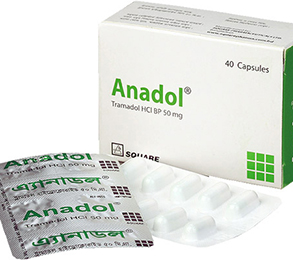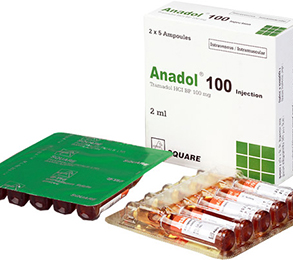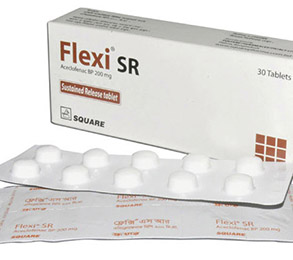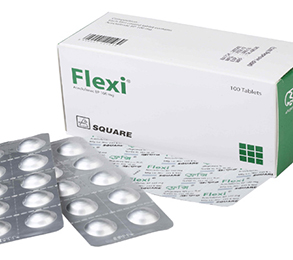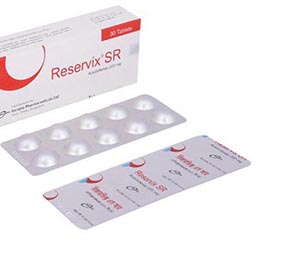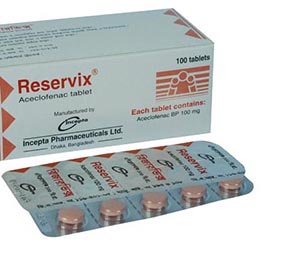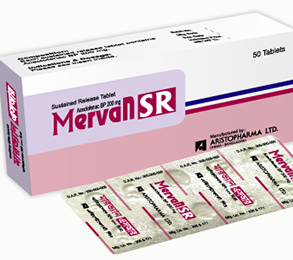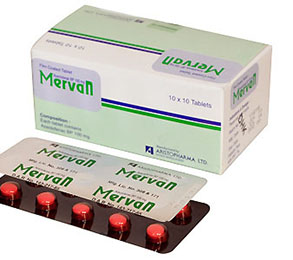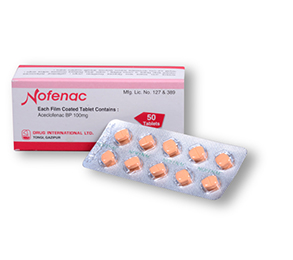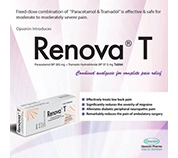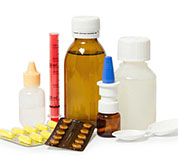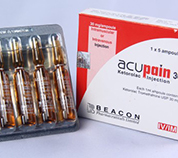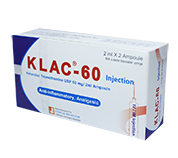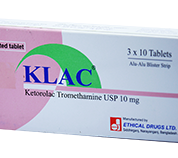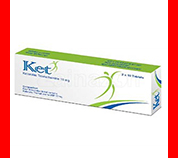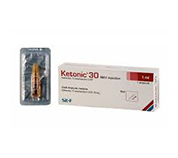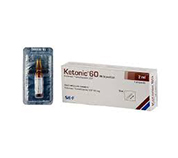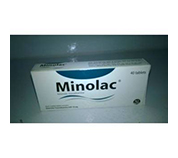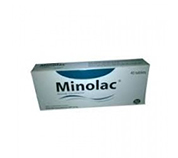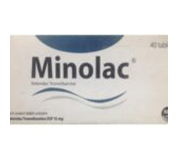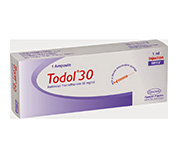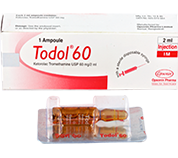Xtrapel Capsule 50 mg 10 Pcs
Alternative products
Tramadol Hydrochloride
Indications
Tramadol is used for the treatment of moderate to severe painful conditions. These include:
- Postoperative pain
- Colic and spastic pain
- Cancer pain
- Joint pain
- Neck and back pain
- Pain associated with osteoporosis.
Pharmacology
Tramadol is a centrally acting synthetic analgesic compound. It inhibits the re uptake of neurotransmitters- serotonin and noradrenaline. Thus it modifies the transmission of pain impulses by activating both descending serotonergic pathways and noradrenergic pathways involved in analgesia. The analgesic effects of Tramadol are mediated via stimulation of mu-opioid receptors and indirect modulation of central monoaminergic inhibitory pathways.
Dosage & Administration
Capsule or Tablet: Usual doses are 50 to 100 mg every four to six hours. For acute pain an initial dose of 100 mg is required. For chronic painful conditions an initial dose of 50 mg is recommended. Subsequent doses should be 50 to 100 mg administered 4-6 hourly. The dose level and frequency of dosing will depend on the severity of the pain.The total daily dosage by mouth should not exceed 400 mg.
Sustained Release Capsule or Tablet: One SR capsule or tablet every 12 hours, for example first one in the morning and then at the same time in the evening. The number of capsules taken at a time will depend upon severity of pain, but it should not be taken more frequently than every 12 hours.The total daily dosage by mouth should not exceed 400 mg.
Injection: A dose of 50-100 mg may be given every 4 to 6 hours by intramuscular or by intravenous infusion. For the treatment of postoperative pain,the initial dose is 100 mg followed by 50 mg every 10 to 20 minutes if necessary to a maximum of 250 mg in the first hour. Thereafter, doses are 50 to 100 mg every 4 to 6 hours up to a total daily dose of 600 mg.
Suppository: Tramadol suppository should be administered rectally. For adults usual dose is 100 mg Tramadol Hydrochloride 6 hourly. In general, 400 mg Tramadol Hydrochloride (4 Tramadol suppository) per day sufficient. However, for the treatment of Cancer pain and severe pain after operations much higher daily doses can be used.
* চিকিৎসকের পরামর্শ মোতাবেক ঔষধ সেবন করুন'
Interaction
In general, physician need not be concerned about drugs interacting with Tramadol. The monoamine oxidase (MAO) inhibitors represent the only drug class not recommended for combination with Tramadol. Concomitant administration of carbamazepine with Tramadol causes a significant increase in Tramadol metabolism and it requires to increase the dose of Tramadol.
Contraindications
Tramadol is contraindicated in persons having hypersensitivity to this drug. It is also contraindicated in acute intoxication with alcohol, hypnotics, centrally acting analgesics, opioids or psychotropic drugs.
Side Effects
Commonly occurring side-effects are dizziness/vertigo, nausea, constipation, headache, somnolence, vomiting, pruritus, CNS stimulation, asthenia, sweating, dyspepsia, dry mouth, diarrhoea. Less commonly occurring side-effects include malaise, allergic reaction, weight loss, vasodilatation, palpitations, abdominal pain, anorexia, flatulence, GI bleeding, hepatitis, stomatitis etc.
Pregnancy & Lactation
Safe use of Tramadol in pregnancy has not been established. Tramadol has been shown to cross the placenta. There are no adequate and well-controlled studies in pregnant women. Therefore, Tramadol should be used during pregnancy only if the potential benefit justifies the risk to the foetus. Tramadol Hydrochloride should not be administered during breast feeding as Tramadol and its metabolites have been detected in breast milk.
Precautions & Warnings
Respiratory depression: When large doses of tramadol are administered with anaesthetic with anaesthetic medications or alcohol, respiratory depression may result. Therefore, tramadol should be administered cautiously in patients at risk for respiratory depression.
Opioid dependence: Tramadol is not recommended for patients who are dependent on opioids.
Concomitant CNS depressants: Tramadol should be used with caution and in reduced dosages when administering to patients receiving CNS depressants such as alcohol, opioids, anesthetic agents, phenothiazines, tranquilizers or sedative hypnotics.
Concomitant MAO inhibitors: Tramadol should be used with great caution in patients taking MAO inhibitors, since tramadol inhibits the uptake of norepinephrine and serotonin.
Tramadol should be used with caution in patients with increased intracranial pressure or head injury and patients with acute abdominal conditions.
Use in Special Populations
In children from the age of 1 year Tramadol Hydrochloride can be given in a dose of 1-2 mg/kg body weight. However,suppository (100 mg Tramadol Hydrochloride) should not be administered in children and adolescents below the age of 14 years. Tramadol Hydrochloride 100 mg SR Capsules have not been studied in children. Therefore, safety and efficacy have not been established and the product should not be used in children.
Therapeutic Class
Opioid analgesics
Storage Conditions
Keep below 30°C temperature, away from light & moisture. Keep out of the reach of children.
- Type Capsule
- Tag
- Morbi leo risus
- Porta ac consectetur ac
- Vestibulum at eros


